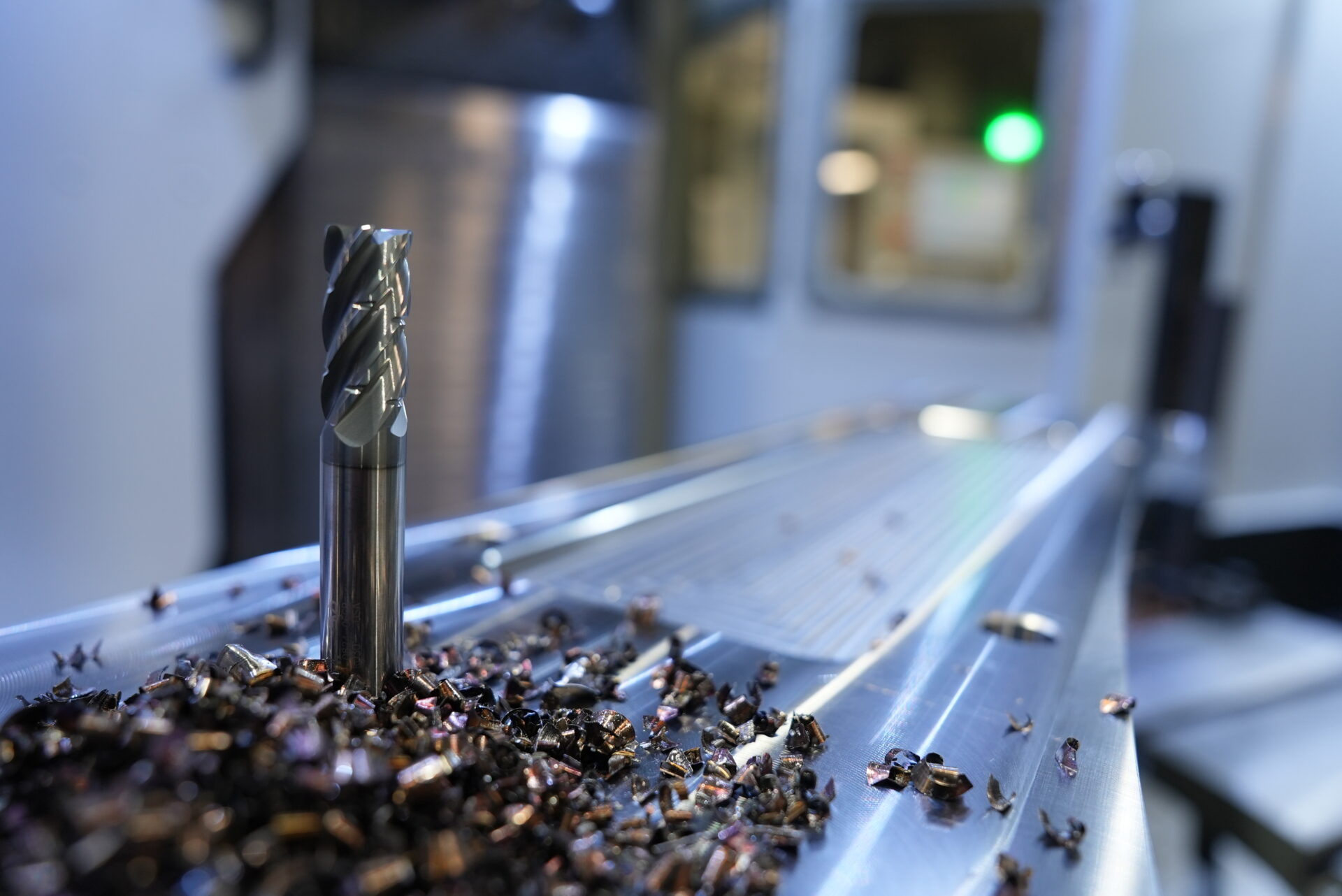
You’ve heard the expression, “A picture is worth a thousand words.” While there’s some disagreement as to the origin of the phrase, most sources seem to indicate that it came out of the world of advertising not long after the turn of the 20th century, when new technologies allowed for drawings and even photographs to be inexpensively reproduced on just about any printed material.
Suddenly, an industry that had long been dominated by text-only advertising could not only describe products and services for sale; it could show them! Businesses soon realized that customers flocked to retailers and suppliers whose ads featured quality, detailed pictures of their products and that they could dramatically reduce the word count of their ads just by adding a single image.
Hence, “a picture is worth a thousand words.”
You’re probably wondering why we spent 133 words talking about an expression from more than 100 years ago. Keep reading; it’ll make sense in a minute.
Digital Ads: Small but Powerful
When we talk about digital ads, we’re primarily talking about ads posted through display and search platforms like Google Ads and ads posted on your company’s social media accounts. Regardless of which type we’re talking about, they all have one thing in common: they’re small.
Unlike the broad swathes of advertising real estate that billboards, magazine ads, and other traditional media ads take up, digital ads tend to take up only a tiny fraction of a user’s screen real estate. That’s a good thing since large, obtrusive ads that block the user’s view of the content they’re trying to see are annoying and counterproductive. Still, it means that designers usually don’t have much space to pack in splashy headlines, exciting callouts, or anything else.
Most digital ads, in fact, are nothing more than a handful of words and a single image, so that single image really has to pop.
And that is why we started with the anecdote about “a picture is worth a thousand words.”
You Only Get One – Make It Count
Like any other ad, your digital ad needs to:
- Catch the viewer’s attention
- Communicate the product or service for sale
- Represent your brand and convey your value propositions
- Make the viewer excited to convert and become a customer
That seems like a lot to ask of one picture, but it’s entirely possible for a well-thought-out, properly executed visual.
Product Images
Compelling product photographs tend to:
- Have action or movement either explicitly or implicitly included in the image
- Show the product in an attractive but not distracting setting
- Contain strong contrast and well-composed use of light and shadow
- Demonstrate the product’s function, either through its surroundings or other context clues (i.e., positioning a sparkling-clean glass next to a dishwasher)
While all of that is easy enough to pull off with a car, an article of clothing, a piece of furniture, or another object built with appearance as a primary design concern, it gets trickier when you’re trying to advertise something more functional than aesthetic.
Consider the following pictures of an endmill, a specialty tool used in machine shops:

This first image is how many people think of product photography: a close-up of the product, isolated on a white background. This image has a lot of detail – you can clearly read the manufacturer’s stamp on the tool’s shank – but it’s not likely to catch someone’s eye.
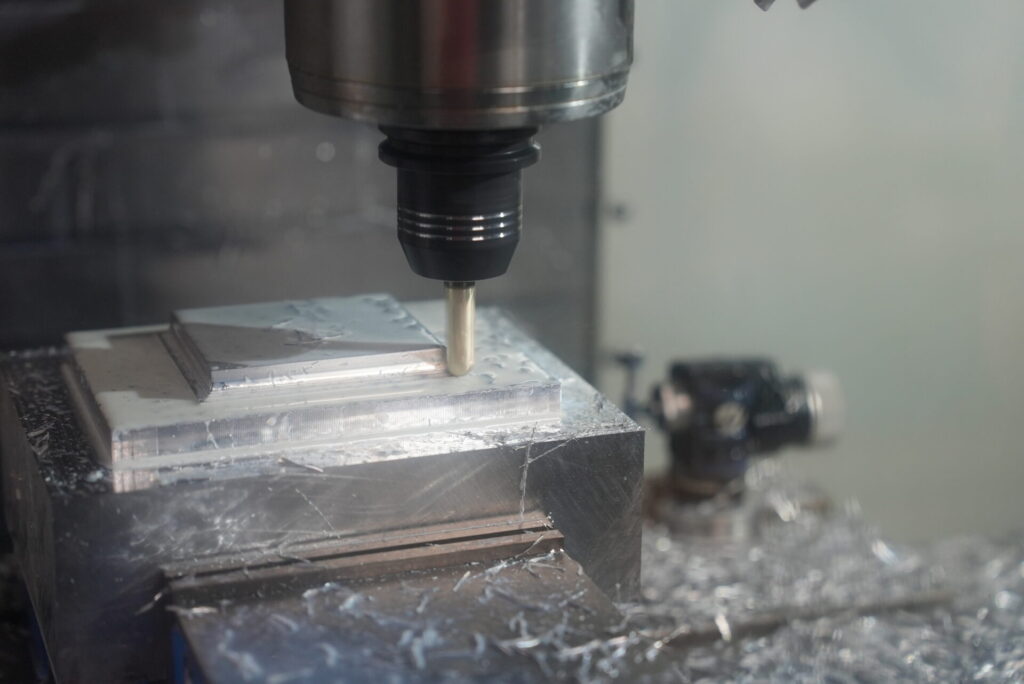
This second image is closer to being what we think of as a high-quality visual but still doesn’t quite fit the bill. The image contains action, shows the product doing what it does, and places the product in its proper setting of a mill in a machine shop. But is the actual endmill the focus of this image? With the tool spinning at several thousand revolutions per minute, can you see any of the tool’s detail or craftsmanship?
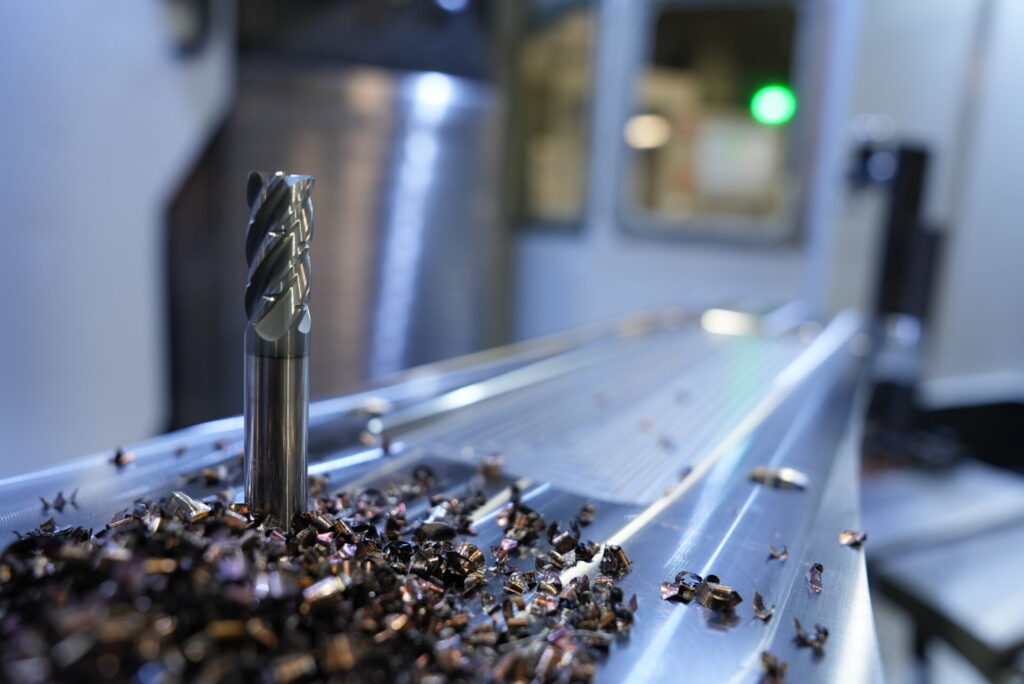
In the third image, we’ve managed to check almost every box required for a high-quality visual:
- Action is implicit in a couple of ways – the strong diagonal of the toolbed (bottom left to center right) gives a sense of movement, and the pile of chips around the endmill indicates that some metalworking has taken place.
- By shallowing the focal depth and blurring the background, the photographer has made the typically dreary setting of a machine shop look less mundane.
- The dark metal of the endmill and pile of chips contrasts nicely with the lighter colors surrounding them, and the highlight reflections create depth throughout the image.
- It’s clear from the picture what the endmill does, as the pile of chips shows the result of this tool shredding through a metal block.
Service Photography
Whoo, boy. Service photography can be tricky. Compelling service photography must check all of the same boxes as product photography – it should contain or imply action, have an attractive setting, be well-composed and colorful, and demonstrate the service. Just one problem: a service doesn’t necessarily leave you with a tangible end result, so what do you photograph?
Don’t worry, there’s always an option.
Some services are easier to do this with than others. Consider M&R client Bey Bodo Charter Fishing out of Fernandina Beach, Florida. Their service is built around fun and adventure, fishing for game fish in the Atlantic near Fernandina Beach, Florida. The temptation with a service like this is to take a shot of an angler holding up their catch, grinning at the camera:

That’s a great photograph, and it will look absolutely fantastic hanging on that young lady’s bedroom wall or showing up in a family photo album. But is this what a fishing charter is really about? If you wanted a fish, you could go to the store and buy one for a lot less than the cost of a charter trip.
No, fishing is about the experience, the thrill of being out on the water, hauling in a fish after an exhilarating fight. So, why not show the customer what they can expect to experience?
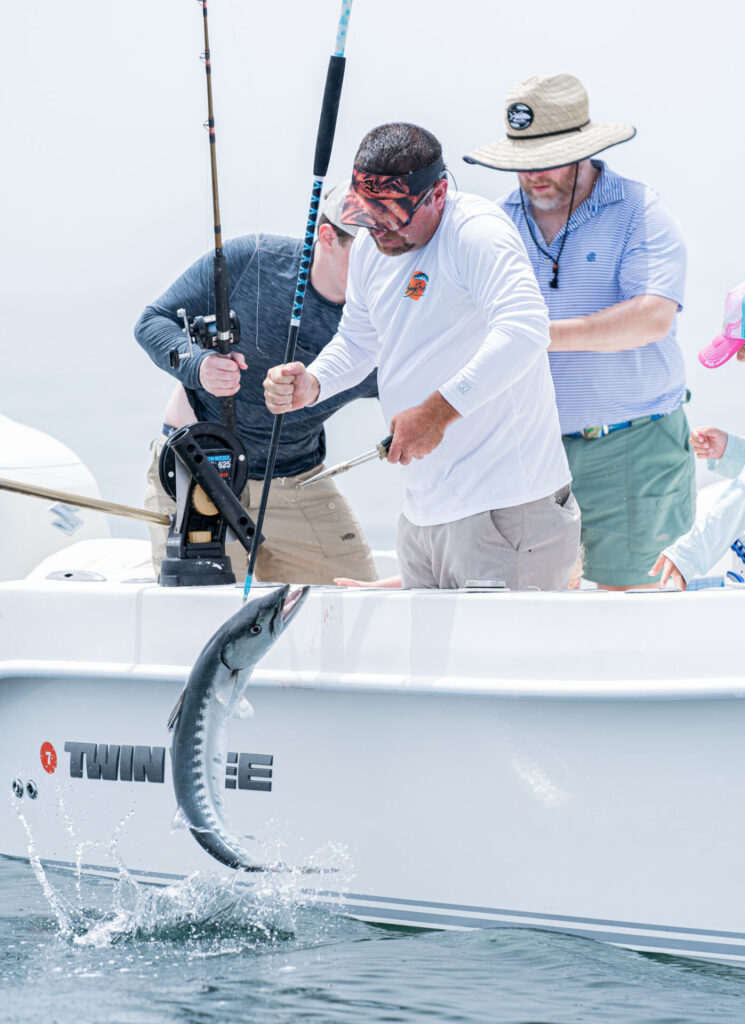
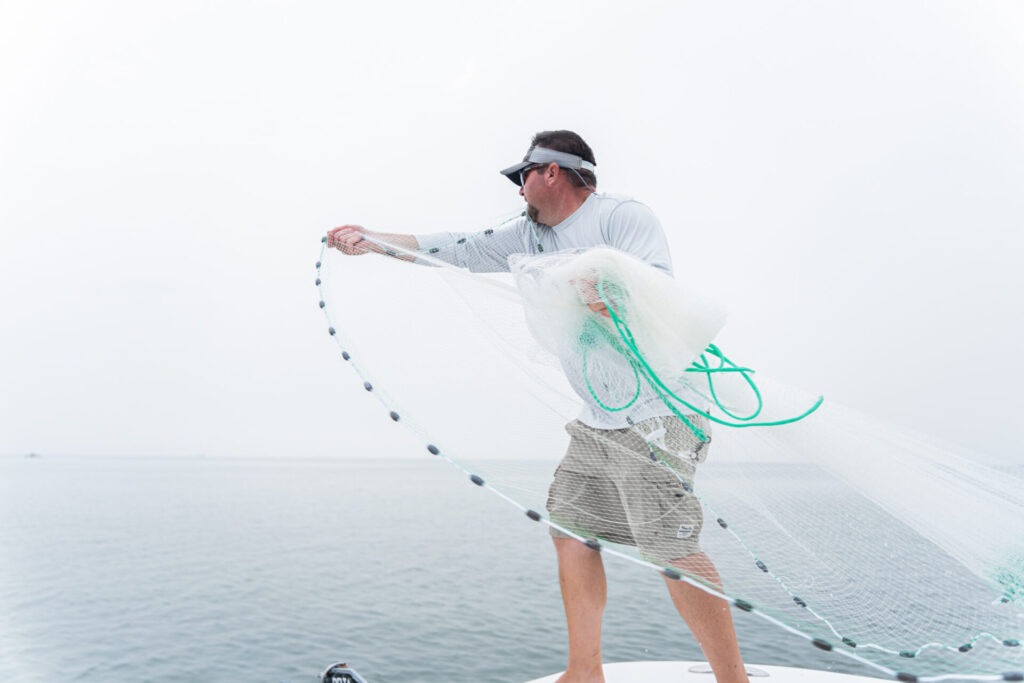
See? Even just the act of casting out a net for bait can look compelling when it’s captured by a good photographer who can stop action while still conveying that sense of movement.
But as services go, fishing is a pretty easy one to convey in photos, since fishing is inherently action-packed (if you’re doing it right).
What about financial services?
It’s not uncommon for ads for mortgage rates to feature pictures of houses, auto loans to feature cars, and other services to rely on a static photo of the thing the customer will buy or gain via the service:

But that photo would work for any mortgage company. How do you differentiate your ad imagery? The same way you differentiate your service itself: with the people who provide the service. Take a look at this image for a bank:

Now, we don’t know exactly what these people are discussing, but they both look happy to be discussing it. This photo is a great canvas that you can project just about any type of professional service onto; the people pictured here could be:
- Going over terms for a loan
- Reviewing investment opportunities
- Looking over recipes for French onion soup
The point is, it doesn’t matter exactly what they’re doing so long as they’re your people doing it – preferably with a winning smile on their face. And that brings us to our next point, one of the most important we’ll make in this article: authenticity.
Authenticity
Whatever imagery you choose to use in your ads, make sure it’s authentic. Authenticity is a huge key to making your images have the impact you’re looking for – it signals to your audience that you’re open about your offerings, that you’re proud of your work, and that you’re excited to show off what you do.
It may be tempting to use stock photography in your digital ads, and if the choice is between a stock image or no image at all, then stock photography is the lesser of the two evils.
Users, however, can usually and almost instinctively tell the difference between a stock image and one you’ve taken yourself. If they see the image from your ad pop up on another company’s ad, that will signal to them that you aren’t invested in the product or service enough to spend the time and effort on getting a good photograph of it.
Whenever possible, bring a good photographer on board to capture the images for your digital ads – they’ll know how to best pose, frame, and compose your images for maximum impact. This isn’t the place to make do with hastily grabbed smartphone shots. Well-executed images may require a little more outlay of time and money on the front end, but the results will be worth it.
Do Your Digital Ads Need a Little Extra “Pop”? Call us at 478-621-4491
Attractive digital ads are effective digital ads. M&R Marketing has the expertise to build you a digital ad campaign that gets results! Contact one of our friendly account managers today with your questions.
Did you love this article? Make sure you sign up for our monthly eNewsletter so you never miss one.
We love good design, and we’re sharing that love this summer. From now through September, we’ll share tips, information, and best practices for using high-quality graphic design to build and promote your business.
Other posts in this series:

